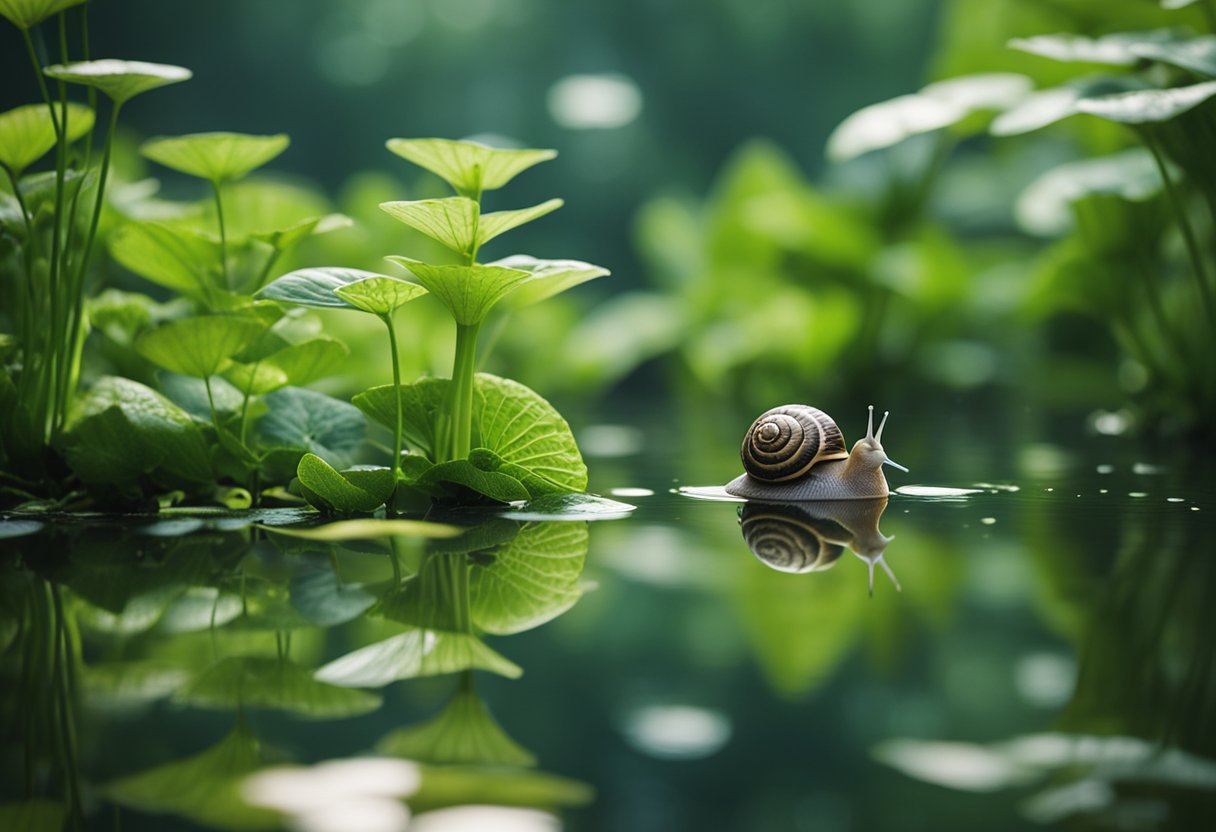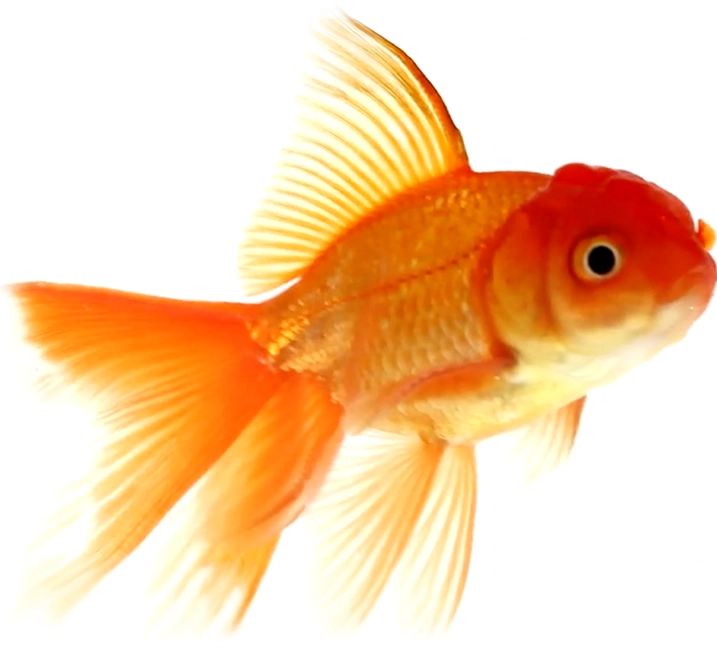Pond Snails: Friend or Foe? Understanding Their Ecological Role



Maintaining a pond is not just about keeping it looking good; it plays a crucial role in ensuring water quality and the health of aquatic life. Regular pond cleaning services and proper filtration systems are essential to prevent water quality issues and keep our ponds thriving. With the right maintenance, we can enjoy our 490 throughout the year while supporting the ecosystem within.
Monthly maintenance visits can greatly benefit our ponds, addressing tasks such as filter cleaning and algae management. These services help us avoid larger problems down the line and maintain clarity in the water. Investing in comprehensive pond maintenance services allows us to relax while professionals ensure that our ponds remain in top condition.
Understanding the importance of pond care will enhance our enjoyment of these beautiful features in our landscapes. As we learn about the tools and techniques available, we can make informed choices to improve our outdoor spaces.
Key Takeaways
- Regular maintenance is vital for the health of our ponds.
- Advanced filtration helps maintain clear and clean water.
- Professional services take the stress out of pond upkeep.
Comprehensive Pond Maintenance Services
We provide a range of pond maintenance services to ensure your water feature stays healthy and vibrant. Our approach focuses on maintaining a balanced ecosystem that supports aquatic life while managing aesthetic and functional aspects, like cleaning and filtration.
Ensuring a Healthy Aquatic Ecosystem
Maintaining a healthy aquatic ecosystem requires regular attention to several key factors. We target debris removal as a priority, as organic waste can harm water quality. During monthly maintenance visits, we vacuum excess sludge and fallen leaves to prevent decay and algae growth.
We also enhance the pond's health by introducing beneficial bacteria, which help break down waste and promote a balanced environment. Regular checks on aquatic plants are essential, as they contribute to oxygen levels and provide shelter for fish. We assess their health and growth, ensuring they thrive and support the ecosystem.
Seasonal Pond Care Strategies
Each season brings unique challenges for pond upkeep. In spring and summer, we monitor algae control closely. Implementing a proper filtration system helps keep algae at bay. We also carry out regular inspections to manage plant growth and ensure the water remains clear.
As autumn arrives, we focus on autumn cleaning to prepare for winter. This includes thorough cleaning to eliminate leaves and debris, which can lead to pH imbalances if left unchecked. During winter, our services adjust to include monitoring water levels and ensuring that fish remain safe. With these strategies, we provide a comprehensive, seasonal approach to pond maintenance.
Advanced 264 Systems
In maintaining a vibrant pond, choosing the right filtration system is crucial. Understanding the types of filters available and the importance of regular servicing will help ensure healthy water quality and support fish health.
Types and Benefits of Pond Filters
We have various types of pond filters to choose from, each offering unique benefits. Common options include mechanical filters, biological filters, and UV clarifiers.
- Mechanical Filters: They physically remove debris, ensuring clear water. This is vital for garden pond aesthetics.
- Biological Filters: These filters promote beneficial bacteria growth. This helps break down harmful toxins in the water.
- UV Clarifiers: They eliminate harmful pathogens and reduce algae blooms, thus improving water clarity and quality.
Multi-chamber systems combine these types, providing efficient filtration. This system supports pond health by ensuring a balanced ecosystem, which is essential for fish and plant life.
Routine Filter System Servicing
Regular servicing of our filtration systems is essential for maintaining optimal performance. We recommend checking filters monthly for debris buildup. This simple task ensures consistent water quality.
Annual UVC servicing is also crucial. Over time, UV bulbs lose effectiveness, leading to potential water clarity issues. We should replace these bulbs as needed to ensure they function effectively.
Finally, we must monitor the beneficial bacteria levels within our systems. Too few bacteria can disrupt our pond’s balance. Regular testing and adjustments to our maintenance routine will ensure our pond remains a healthy environment for fish and plant life.

Frequently Asked Questions
MY POND IS OVERGROWN.
MY POND IS LEAKING – WHAT CAN I DO?
WHY IS MY POND WATER GREEN?
Do I need to have my pumps running all the time?
Why Choose Us
Experience With years of experience in pond maintenance and cleaning, our team has the expertise to handle ponds of all sizes and complexities. We are dedicated to delivering high-quality services tailored to meet the unique needs of each customer.
Professionalism Our team consists of trained professionals who are passionate about pond care. We take pride in our work and strive to exceed our customers’ expectations with every service we provide.
Customized Solutions We understand that every pond is different, and we tailor our services to suit the specific requirements of each customer. Whether you have a small backyard pond or a larger water feature, we have the knowledge and resources to keep it in pristine condition.
Environmentally Friendly Practices We are committed to using eco-friendly products and methods in our pond cleaning services. Our goal is to promote sustainability and preserve the natural balance of your pond ecosystem.
Customer Satisfaction Your satisfaction is our top priority. We work closely with our customers to ensure that their pond maintenance needs are met with professionalism and care. We take the time to listen to your concerns and provide personalized recommendations to help you achieve the pond of your dreams.
Ready to schedule a pond cleaning service with us?
Contact Aqua Pond today to learn more about our services and to book an appointment.
Let us help you create a clean, healthy, and vibrant pond that you can enjoy for years. Thank you for considering Aqua Pond for your pond maintenance needs.
What our Customers Say...
